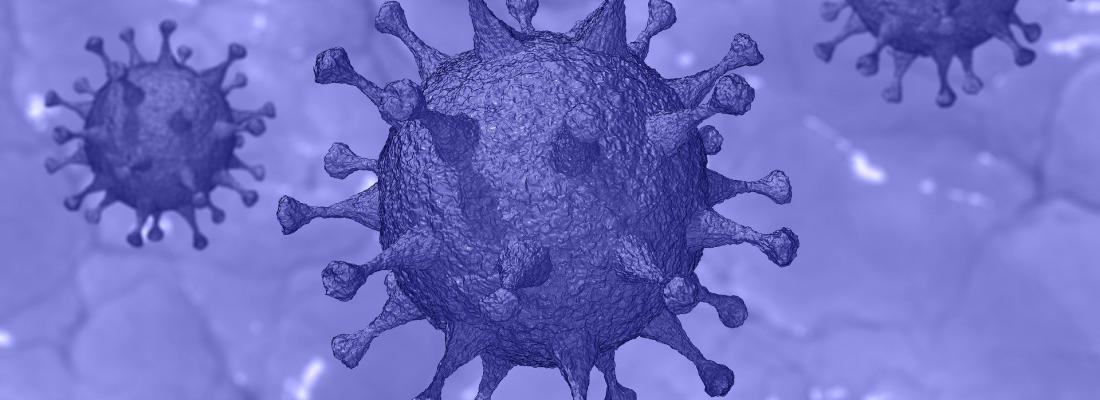Food, Global Health Reading time 2 min
Identification of two pathways for SARS-CoV-2 entry into cells: towards new therapeutic strategies
Published on 24 June 2021

Since early 2020, SARS-CoV-2, the virus responsible for COVID-19, has infected more than 179 million people worldwide and caused at least 3.8 million deaths[1]. Apart from vaccination, the most effective strategy to limit the spread of the disease would involve drug treatments that target the early stages of infection and prevent the virus from penetrating cells. To this end, it is essential to understand how the virus achieves this entry. Inspired by studies of MERS-CoV, another coronavirus identified in 2012 and which caused Middle East Respiratory Syndrome, the research team focused on the cell entry pathway(s) used by SARS-CoV-2 to infect different cell types.
Fast and slow pathways
The scientists infected cell models mimicking different types of tissues – such as lung, colon, or kidney – and infected them with the SARS-CoV-2 virus. In the course of their work, it became clear that certain cells were infected very rapidly (within 10 minutes) and others more slowly, about 50 minutes after binding of the virus to the cell surface. The team was able to demonstrate that the fast entry route correlates with the presence of a protease – TMPRSS2 – at the surface of infected cells. In this scenario, SARS-CoV-2 exclusively used the TMPRSS2 pathway to penetrate cells. TMPRSS2 was notably found in the lungs and intestine, two organs where high levels of the virus are detected. When the TMPRSS2 protease was absent, the virus followed another route through the endolysosomal pathway[2] that was slower, most probably because of the many complex cell mechanisms involved. Indeed, to follow this pathway, the virus notably requires a low pH (or an acid environment) to enable functioning of the endolysosomal proteases necessary for its activation. Other mechanisms are also involved, such as intracellular endolysosomal trafficking, and might represent interesting alternative targets for drug development or repurposing.
These findings show that the virus has developed the ability to utilise several cell entry mechanisms to infect as many cell types as possible, which may explain its high proliferative potential in the body and its rapid spread throughout the population. They also shed new light on the inefficiency of some treatments that target only one of the two entry routes. This study lays the foundations for the development of new antiviral strategies against SARS-CoV-2 infection involving more effective treatments that simultaneously target both viral entry pathways into cells.
Reference
Jana Koch, Zina M Uckeley, Patricio Doldan, Megan Stanifer, Steeve Boulant, Pierre-Yves Lozach. TMPRSS2 expression dictates the entry route used by SARS-CoV-2 to infect host cells. EMBO Journal 2021 – 0 :e107821 - DOI : https://doi.org/10.15252/embj.2021107821
* Proteases are enzymes that act on proteins. They possess a recognition site, which means they only act on specific molecules.
[1]Estimates at 22 June 2021
[2] Endolysosomal pathway: mechanism enabling the transport of fluids and macromolecules into a cell via small vesicles called endosomes and lysosomes.
